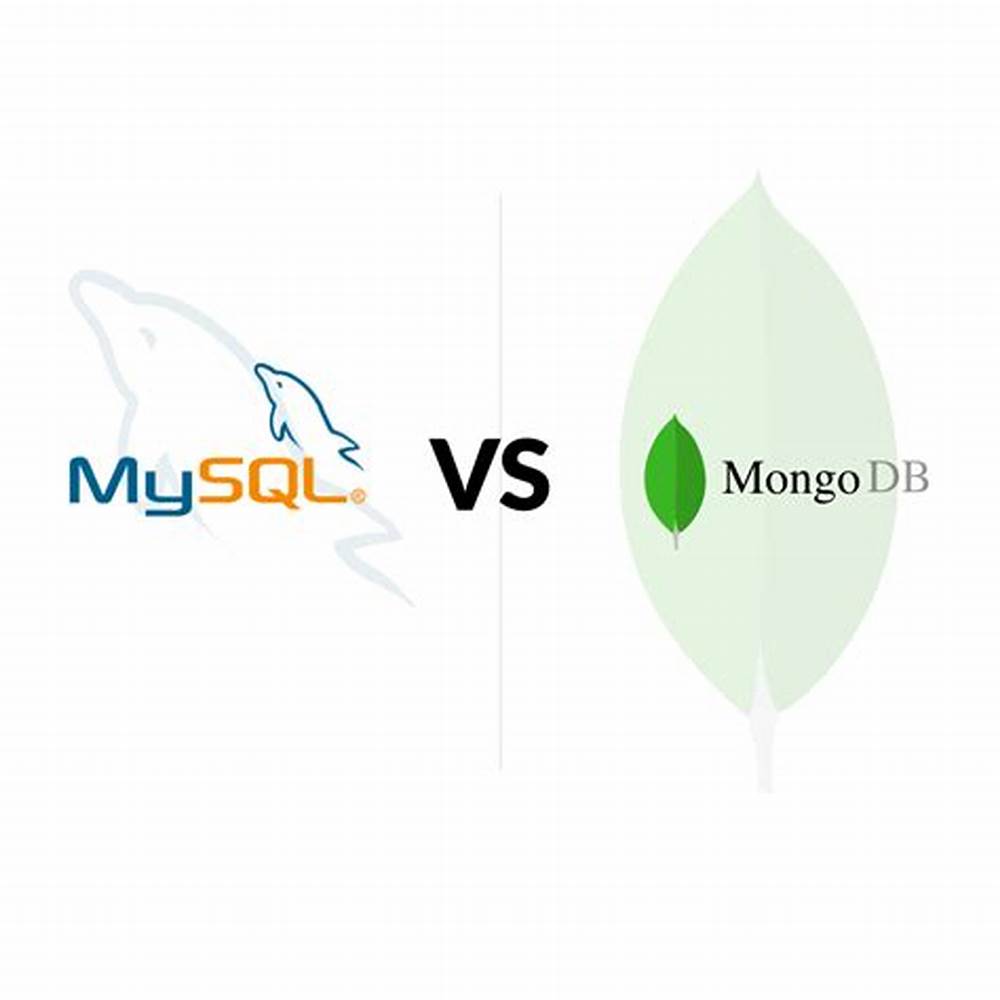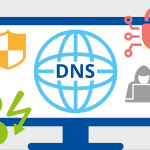
Table of Contents
What Is MongoDB?
MongoDB is a powerful open source and free-to-use non-relational database system popular for storing high volumes of data. It was released 12 years ago in 2009 by 10gen (now MongoDB Inc.) with a Server Side Public License. NoSQL database program written in C++, Python, and JavaScript with cross-platform compatibility. It supports operating systems, including Windows, macOS, and Linux, and languages like C, PHP, Java, Ruby, Node.js, and more.
MongoDB differs from traditional database systems in terms of how that data gets stored.
Instead of storing data in rows and columns, MongoDB takes a document-oriented design that represents data in various JSON-like documents and collections. These documents contain a series of value or key pairs of different types, such as nested documents and arrays. The key/value pairs can be structured differently from one document to another.
MongoDB offers greater security, reliability, and efficiency in addition to the flexibility of modifying the data structure or schema. As a result, it facilitates higher speed and storage requirements.
Uses of MongoDB
MongoDB is used in thousands of organizations worldwide for data storage or as their applications’ database service. It’s useful in:
- Content management systems like WordPress to enter, store, and edit content
- Data storage for web and mobile applications
- Social networking websites
- Maintaining geospatial or location-based data
- Ecommerce product catalogs and asset management
- Cloud-based systems
- Moving workloads from the mainframe
- Real-time analytics at high speed
- Scalable and high-performance video games
- Modernizing payment architecture and legacy modernization
- Systems with evolving data storage needs, demand for faster logging and caching, and changing designs
- MEAN technology stack for web development, where M stands for MongoDB, and the rest technologies are ExpressJS, AngularJS, and NodeJS, respectively.
Companies like Twitter, IBM, Oracle, Zendesk, Citrix, Sony, Intercom, HTC, and others are all using MongoDB. Here are some of the widely recognized use cases of MongoDB:
- Aadhar: Aadhar is a Unique Identification project of India and the largest biometric database in the world. MongoDB is one of the databases it uses to store the biometric and demographic data of more than 1.2 billion people.
- eBay: The American ecommerce company eBay, which functions as B2C and C2C, uses MongoDB in its various projects like search suggestions, cloud management, and metadata storage.
- Shutterfly: Shutterfly is a popular photo-sharing platform that uses MongoDB to store and manage 6+ billion images, with 10k operations/second transaction capacity.
What Is MySQL?
MySQL is a free, open-source relational database management system (RDBMS). It organizes and stores data into a tabular format with rows and columns in which data types are related. It has a GNU General Public License, and you can find its repository on GitHub.
This database was created originally in 1995 by MySQL AB, a Swedish company whose founder was Swedes David Axmark, Finland Swede Michael Widenius, and Allan Larsson. However, Sun Microsystems bought MySQL AB, and in 2010, Oracle acquired Sun Microsystems.
MySQL’s nomenclature is also interesting — it combines two terms:
- My: The name of Michael Widenius’s daughter.
- SQL: Stands for Structural Query Language.
SQL is a domain-specific programming language that can manage data in an RDBMS by performing functions on data, including create, extract, delete, and modify.
MySQL works with many operating systems, such as Windows, macOS, Linux, FreeBSD, OpenBSD, and Solaris, to implement RDBMS in a device’s storage system, allow network access, manage users, facilitate database integrity testing, and create backups. It’s written in C++ and C and uses a lexical analyzer, while its SQL parser uses yacc.
This database has received positive feedback, especially for average usage with its easy-to-use interface. Performance-wise, it’s fast and stable, and it features a multithreading and multi-user database server.
MySQL is available in two editions: open-source Community Server and proprietary Enterprise Server. The latter offers lots of server plugins to install with no change to the codebase.
Uses of MySQL
MySQL has been around for over two decades and offered the convenience of storing a large number of data for organizations across the globe. Here are some of the uses of MySQL and who uses it.
- Content Management Systems and blogs
- Ecommerce applications with plenty of products
- Logging applications
- Data warehousing
- For applications requiring high-end data security, social media sites like Facebook and Instagram
- MySQL is used in storage engines like InnoDB, MyISAM, Memory, CSV, Merge, Archive, Blackhole, and Federated.
- LAMP Stack is a technology stack for web development using MySQL as one of its components. It stands for Linux, Apache, MySQL, and PHP/Python/Perl.
- It’s installed in various cloud platforms such as Microsoft Azure, Amazon EC2, Oracle Cloud, etc.
In fact, Oracle Cloud offers MySQL as a Service to allow users to install MySQL Server and deploy it in the cloud. This way, you don’t need to install it on your local servers.
Notable organizations using MySQL are Airbnb, NASA, Sony, YouTube, Netflix, Pinterest, Drupal, Joomla, and more. Here are some of the prominent MySQL use cases:
- Wikipedia: Wikipedia is a free encyclopedia spreading knowledge across the globe. It uses MySQL and needs high scalability to meet the growing user base. The database helps them update their content, accommodate more content and visitors, and enable thousands of entries and edits.
- Twitter: Twitter moved on from temporal sharding for tweet storage to a more distributed method using T-bird. And T-bird is built with Gizzard that uses MySQL.
Temporary sharding was expensive and needed more machines to fill up tweets. They also faced issues with load balancing and were logically complicated for DBA. MySQL supporting T-bird solves these problems.
MongoDB
MongoDB is extremely scalable, which is one of the top reasons it’s used in growing websites, CMS systems, and ecommerce stores. It can scale horizontally using a process called sharding. A shard is a part of a database, and sharding is a data distribution technique across multiple collections and machines. It enables you to deploy systems with higher throughput operations and large data sets.
With higher scalability, you can easily create multiple server clusters by adding more and more servers into your database based on your requirements. It allows you to store a replica of your data sets in a sharded cluster with higher write and read performance to support applications of different scales. It also lets you ensure your data is backed up and never lose it in case of cyber attacks or disasters.
Not to mention, dividing load and datasets into different servers also lets you run them at a lower cost compared to one single server with all the data that requires high-end, expensive hardware. Another benefit of sharding in MongoDB is that it maximizes your disc space and offers dynamic load balancing.
Furthermore, MongoDB supports range-based sharding or data partitioning, along with transparent routing of queries and distributing data volume automatically.
MySQL
Coming to MySQL, scalability is limited. It gives you two choices for scaling your application — creating read replicas or vertical scaling. It allows data replication and vertical scaling through clustering to help improve application scalability and performance via different synchronization types.
The notable difference here is that MySQL offers vertical scaling, while MongoDB offers horizontal scaling with more flexibility. Now, vertical scaling means the system lets you increase the load by increasing CPU or RAM specifications in just a single server with an upper limit.
If you want to perform replication, it’s easy with read replications. This allows you to create read-only copies of your database and add them to different servers, but with limitations — one being on the total number of replicas you can add. As a result of this limitation, you may face issues concerning apps that read and write regularly for your databases (or are write-heavy).
Although multi-main replication is introduced in MySQL, its implementation is still limited compared to the functionalities you get in MongoDB. It can add more write scale, but for separate apps only; each one of them could write to various mains and get the scale.
Moreover, MySQL involves no standard implementation for sharding. Even though it offers two sharding methods — MySQL Fabric (sharding framework) and Automatic sharding — people rarely deploy them due to the many roadblocks and limitations. This is why companies like Facebook use a sharding framework of their own.
If you leverage sharding for scalability, make sure to choose the right sharding key as the wrong key can cause system inflexibility. For example, changing the sharding key may have an adverse effect on an application, nodal transactions, and location. Also, issues like data consistency may surface if shard changes are incomplete.
Thus, when using MySQL, you must carefully make the right decisions for schema changes and mapping between data partitions, sharding keys, nodes, and databases.
Winner: MongoDB offers higher scalability, whereas MySQL has lots of limitations and can bring inconsistencies and issues if certain processes are not done right, as explained before.
Ease of Use

When choosing a database, you must keep in mind how easy the database is to use. It shouldn’t ever give your team a hard time, else productivity will decrease, and you’ll have to spend resources and time training them.
So, let’s find out which database — MongoDB vs MySQL — is easier to use.
MongoDB
MongoDB’s data storage process is quite simple, and anyone with programming skills can understand it. It stores data in an unstructured format in collections to give more flexibility. It allows developers who might or might not be experts in databases to use it to support their application development.
With varying schemas, MongoDB has a flexible interface for those teams who don’t need the features that a relational database like MySQL offers. For example, developers building a web app that doesn’t depend upon structured schema can use MongoDB.
However, not all people in your team need to be familiar with NoSQL databases like MongoDB. In that case, you will need to help them understand it if you want to go ahead with this database. In addition, certain queries are completely different from SQL databases, such as update, insert, delete, etc.
MySQL
MySQL has a designed structure, which anyone with basic programming skills can easily understand. Learning and using MySQL is easy, which is why when it comes to databases, people start with MySQL or any other SQL database for that matter.
Even if your developers are not skilled in MySQL but have experience with other SQL databases, they are likely to catch up quickly.
In addition, queries like select, join, etc., are effortless to execute in SQL-based databases like MySQL, SQLite, Oracle, PostgreSQL, etc.
Developers creating apps that need rigid and complex data structure and schemas with a larger number of tables will find it easy to work with MySQL. It’s also easier to use for developing an application that needs top-notch security or involves frequent transactions.
For example, banking applications can leverage MySQL to store large datasets that are critical with sensitive information. They need high-class security, transactional guarantee, and integrity.
Winner: Comparing MongoDB vs MySQL, MySQL is easier to use because of its simplicity and proper structure.
MariaDB vs MongoDB: What should You Choose?
Based on the above parameter, you know that simply choosing one database in MariaDB vs MongoDB is not fair, and hence the choice should be based on the usage.
It has been discovered that in MariaDB vs MongoDB, MongoDB can be a good choice when dealing with big data and needs data analytics on unstructured data. MongoDB is an ideal choice for cloud computing, and it offers high data availability, providing instant and automatic data recovery and database replication.
MariaDB is best suited for structured data and performs very well with the erodewebhosting.com It works well with software that requires storing data in a relational database.
Conclusion
Choosing the right one depends on your project’s needs. Hence this article tried to compare MariaDB vs MongoDB based on different parameters to be easy for you to choose based on your use case.
If you’re dealing with structured data and complex SQL queries, MariaDB is your go-to. But if you’re navigating the realms of big data with varied and evolving data structures, MongoDB will be your best bet.



